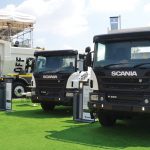LCVs greener on the other side
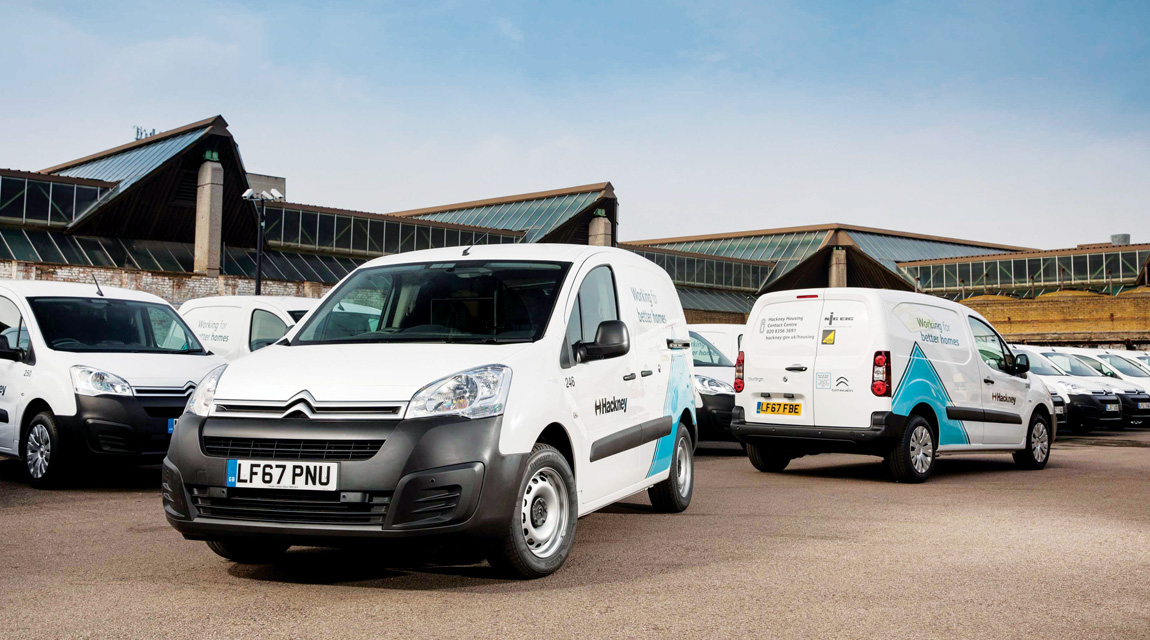
More companies are turning to environmentally friendly options when selecting their vehicles, and the international light commercial vehicle (LCV) segment is one of the favourites. WILLIAM GEORGE looks at how “green” LCVs are contributing to transport businesses and the environment in which they operate.
Many businesses use LCVs for deliveries, as they are ideal for cutting costs and improving efficiency. A “green” vehicle is normally propelled by alternative fuels, such as compressed natural gas, fuel cells and electricity.
According to The Guardian, it is estimated that by 2035, electric vehicles could make up 35 percent of the road-transport market, and 60 percent by 2050.
There are ongoing debates on how the electricity that powers the electric vehicles is generated. The generation process, itself, could be contributing to the same issues which are meant to be prevented by using these vehicles. These include gas emissions and the increase in global warming.
Although the use of green vehicles has been embraced in many countries, this is not yet the case in South Africa. These are some of the international developments:

Nissan improves its 100-percent electric e-NV200
Nissan recently introduced the new e-NV200, a 100-percent electric van, which is based on the non-electric Nissan NV200. The e-NV200 was introduced to the European market at the beginning of the year and is equipped with an upgraded 40-kWh battery, allowing it to go further on a single charge than the previous generation.
Gareth Dunsmore, director of electric vehicles at Nissan Europe, says: “Businesses have a huge impact on air quality and traffic congestion, especially in city centres. The Nissan e-NV200 helps cut the level of CO2 emissions. The company is committed to helping businesses and consumers create a more sustainable future and the e-NV200 is playing a key part in this.”
The quote by Einstein “Energy cannot be created or destroyed, it can only be changed from one form to another”, can be realised with the e-NV200’s bi-directional charging. This means it can give back energy to power the world around it by connecting to offices or business facilities. It can even return any excess charge to top up and stabilise the local energy grid, thanks to Nissan’s innovative Vehicle to Grid technology.
Since the e-NV200 may be considered a little small by some businesses, a fleet electrification provider, Voltia, upgraded the van by expanding its base cargo capacity from four to approximately eight cubic meters.
In December 2017, Sadiq Khan, mayor of London, ordered a fleet of 25 Voltia vans to test the commercial viability of electric vehicles, and to help cut down the toxic emissions in the city.
Khan has been helping the city of London to reduce emissions by working with freight companies to reduce the number of traditional fuel-propelled trucks on the city’s roads and encourage the use of electric vans.
During the trial, some 80 000 parcels were delivered to Londoners during the Christmas season. Khan further proposed imposing a daily charge on polluting vehicles of £12.50 (R210) for cars, vans and motorbikes; and £100 (R1 682) for buses, coaches and heavy-goods vehicles that wish to enter central London from April 8, 2019.
Citroën’s Berlingo vans to use waste from London
More than a year ago, Citroën expanded its Berlingo range of alternative-energy vans by adding the new L2 electric vehicle. This model’s load length has been extended by
250 mm and is now 2 050 mm, while also extending the load volume to 3,7 m3 compared to the previous 3,3 m3.
The Hackney Borough Council in London is one customer that has renewed its fleet by adding 150 Citroën Berlingo biofuel vehicles. The decision to replace the fleet was made in order to be able to make use of sustainable biofuel produced from waste.
Norman Harding, corporate fleet manager at Hackney Council, maintains: “We chose the Citroën brand for our current and previous fleets because Citroën supports us in our use of sustainable biofuels from waste.
“We have a long history of operating vehicles using sustainable biofuels from waste, predominantly in our heavy-goods vehicles, but Citroën will warrant the use of 30 percent biofuel (B30) providing it meets the EN14214 quality standard, which our fuel does.”
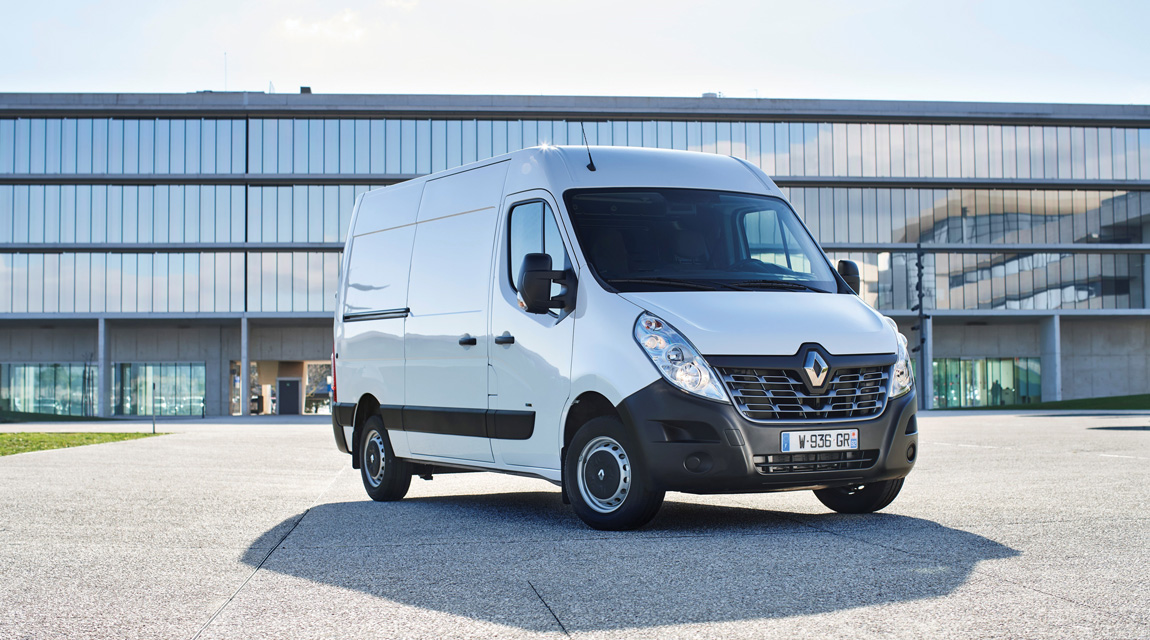
Renault to launch the Master Z.E.
Renault has finally announced the pricing of its electric Master Z.E. range, which includes six versions.
According to Renault: “The Master Z.E. is fitted with the lithium-ion 33-kWh system with optimised electronic management. The battery combines the expert know-how of Renault and LG Chem to optimise energy density. Its battery performance has been optimised by improving the chemistry of the battery cells, rather than by adding more modules.”
Renault’s Master vans have been chosen by over 475 000 customers in Europe since being introduced in 2010. A total of 97 000 Renault Master vans were sold worldwide in 2017 alone. The new range of Renault electric vans will be available in Europe by mid-2018.
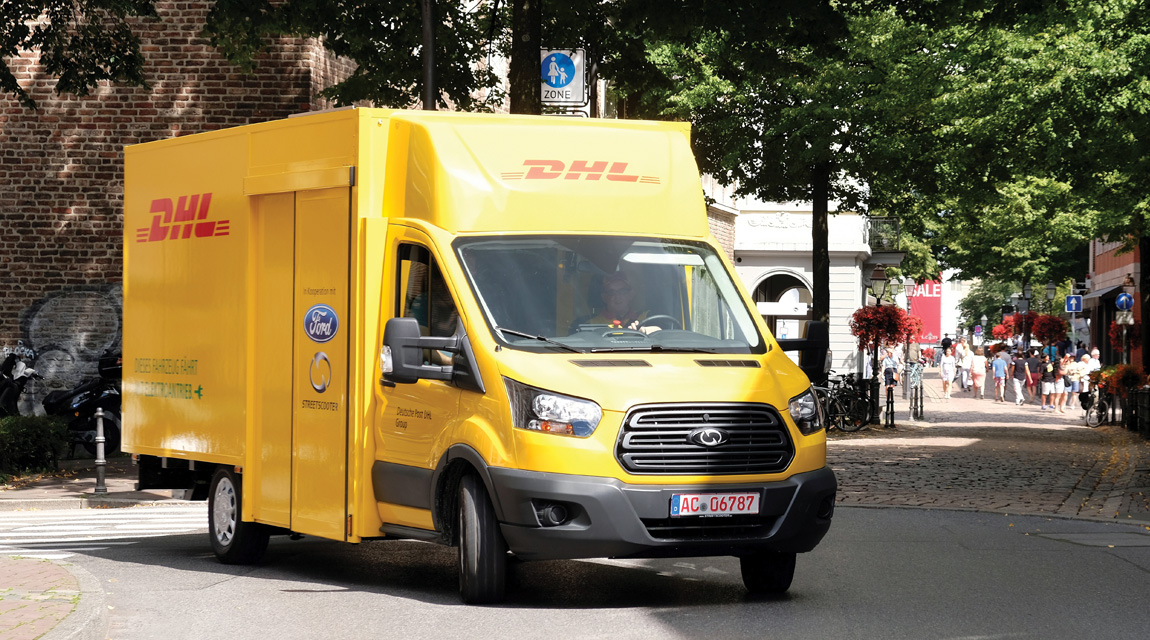
DHL group uses Ford chassis for delivery service
Deutsche Post DHL Group, a German courier service, recently announced the purchase of StreetScooter WORK XL electric delivery vans, which are built on the Ford Transit chassis.
According to Ford, each WORK XL could save around five tonnes of CO2 and 1 900 litres of diesel each year.
DHL is planning to have more than 2 500 of these vans by the end of 2018. Ford explains that having 2 500 vehicles in service could result in a total saving of 12 500 t of CO2 and 4,75-million litres of fuel every year.
Currently, there are over 3 000 StreetScooter WORK and WORK L electric vehicles in service with Deutsche Post DHL Group, which makes it the largest electric-fleet operator in Germany.
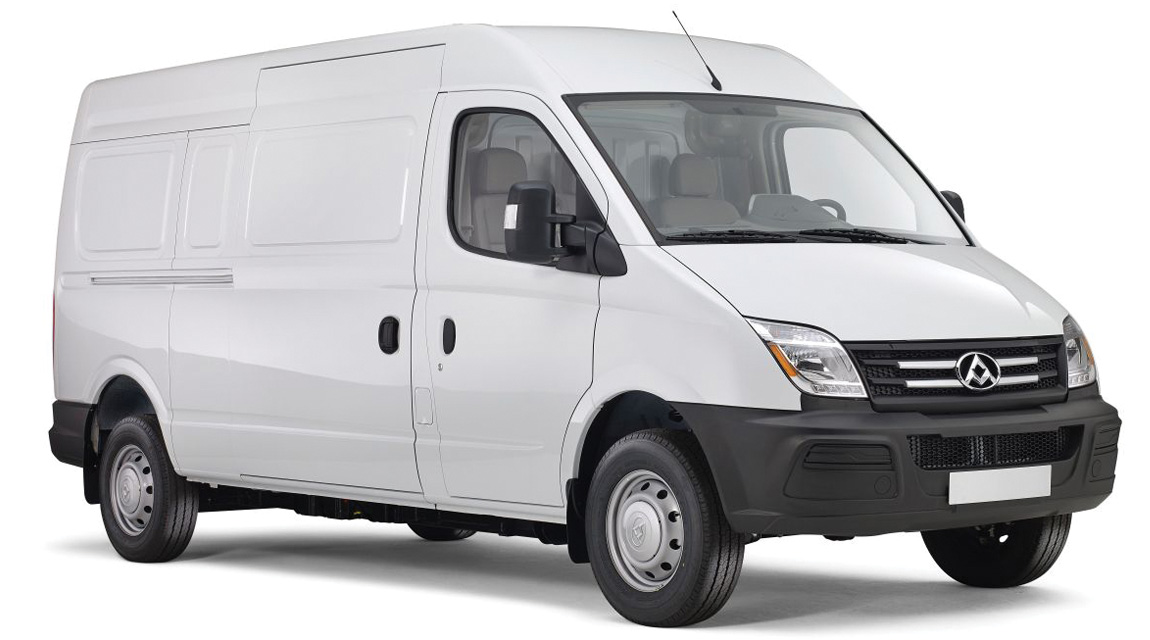
Chinese Maxus to enter Europe in 2019
SAIC Motor, the China-based automotive manufacturer, recently delivered the Maxus EV80, an all-electric van, to its first European customers.
The full-scale production of the electric van is currently underway and a wide-scale European launch is expected in 2019.
According to Green Car Congress, the Maxus EV80 is available to fleet operators in Western Europe who are interested in reducing their carbon footprint and vehicle operating costs.
Maske Fleet, a rental and distributor company, added five EV80 vans to its courier service fleet. The delivery of these vans was made shortly after SAIC announced its entry to the market.
Andreas Maske, CEO of Maske Fleet, notes that there are many cities across Europe that are planning strategies to reduce air pollution.
“It’s vital that businesses have a viable solution for zero-emission fleets. By offering the Maxus EV80 electric vans we can help our customers reduce their carbon footprint and allow them to meet strict emissions regulations, while reducing their operating costs,” he adds.
“The panel van features a cargo area length of 3 300 mm, a width of 1 770 mm and height of 1 710 mm, resulting in a total volume of 10,2 m3, accessible through the wide-opening rear and side doors.
“The maximum payload capacity is 950 kg. The chassis cab is similarly competitive in its capabilities and also boasts a maximum towing mass of 750 kg,” reports Green Car Congress.
According to the United States Environmental Protection Agency (EPA), there are a few points companies should consider before switching from the traditional fuel-propelled fleet to one powered by electricity.
First, the electric vehicles produce no tailpipe emissions. However, charging the vehicle may increase pollution at the power plant. These emissions are, however, typically less than those produced by vehicles that use petrol or diesel, particularly if the energy comes from a renewable source.
Second, the electric fleet needs to be charged. In many countries, there are charging stations dedicated to electric vehicles. The operator will be able to monitor the battery energy through the display screen similar to that of traditional fuel vehicle.
It is important for operators to follow the guidelines provided by the original equipment manufacturer in terms of charging the electric vehicle.
Published by
Focus on Transport
focusmagsa


